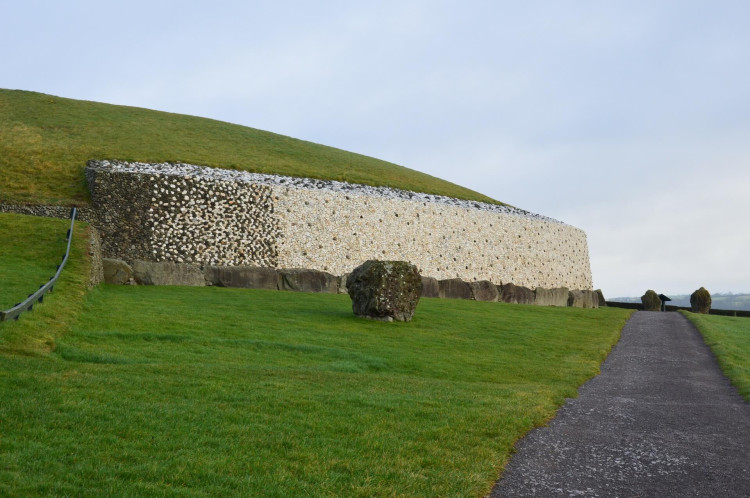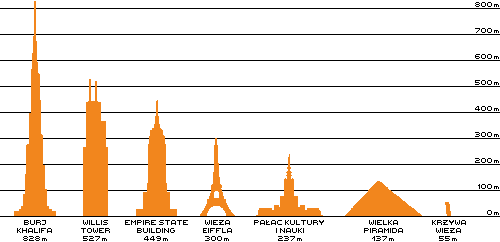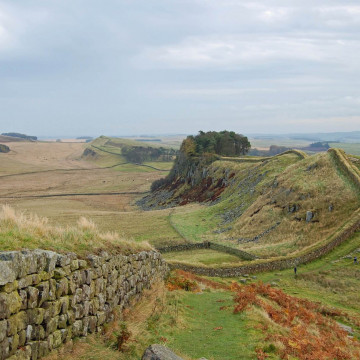Newgrange (Ireland) - Neolithic monument from over 4 thousand years
Where is located Newgrange?
Address of Newgrange is Boyne Valley, Ireland
show on map
When was built Newgrange?
Built date of Newgrange is Ok. 3600 BC or 2,500 p.n.e.

Facts, informations and history of Newgrange
Newgrange, praised in Irish literature, is a megalithic passageway tomb. It is proof of the existence of a Neolithic society with advanced technical knowledge at that time in the Boyne Valley.
Newgrange comes from 3200 BC, is older than Mycenae, the Pyramid and even Stonehenge.
The entire Newgrange complex consists of: a large stone circle with a diameter of 105 meters, 12 stones from the original 38 located near the tomb, each height up to 2.4 meters . The tomb is surrounded by 97 stones, many of them are decorated with hieroglyphs and paintings.
To his center with a diameter of 78-85 meters he runs a 19-meter-long passage dug at an angle of 135 ° and leads to the funeral room. Inside the passage there are 22 stones on the left and 21 on the right.
In the inner chamber with dimensions of 6.5 x 6.2 meter there are 3 cavities, and each has a goblet. Apart from the graves, there are also: 4 lamps, 2 pendants, scales, bone chisels and fragments of human bones.
During the excavation work, Professor O'Kelly noticed that the tomb was positioned in such a way that during the winter solstice the rays of the rising sun run along the corridor and fall into the chamber casting rays light to the heart of this mysterious tomb. The entire structure was sealed so that water did not penetrate into it and was surrounded with standing stones.
Newgrange is located in the bend of the Boyne River. This area is particularly rich in prehistoric monuments. At only two or three kilometers there are also two other mounds: Knowth and Dowth. Their sizes are not much different from Newgrange, but it is believed that both were created a bit later. The Knowth mound houses two corridor tombs and several smaller ones are outside. Nearby there are also several mounds and standing boulders. It is not hard to believe that this whole complex has acquired a kind of mystical fame for centuries. Knowth and Dowth bear traces of later visits, but Newgrange remained intact.
In 1142, the area of current Newgrange belonged to the Mellifont Abbey farm, which were called "granges". From the 14th century, the building was known as "New Grange".
How many meters have Newgrange?
Height of Newgrange is 13.5 meters


Construction/building type
Building Newgrange is of type Tomb
Architectural style
Architectural style of Newgrange is Neolithic
What material is the building made of?
Newgrange is made of the following materials: Stone, peat
Other names
The building is also known by other common names or in the original language, i.e. Passage Grave, Brú na Bóinne
Is the building on the UNESCO World Heritage List?

The listing took place in the year 1993.
Details of the entry are available on the Unesco website at https://whc.unesco.org/en/list/659/
Official website
The official website of the building, where up-to-date information can be found, is http://www.newgrange.com
Photo gallery Add photo
Location on map / How to get there

















Comments to Newgrange (12) Average rating: 4,0 Add comment / Rate building
Based on 12 comments